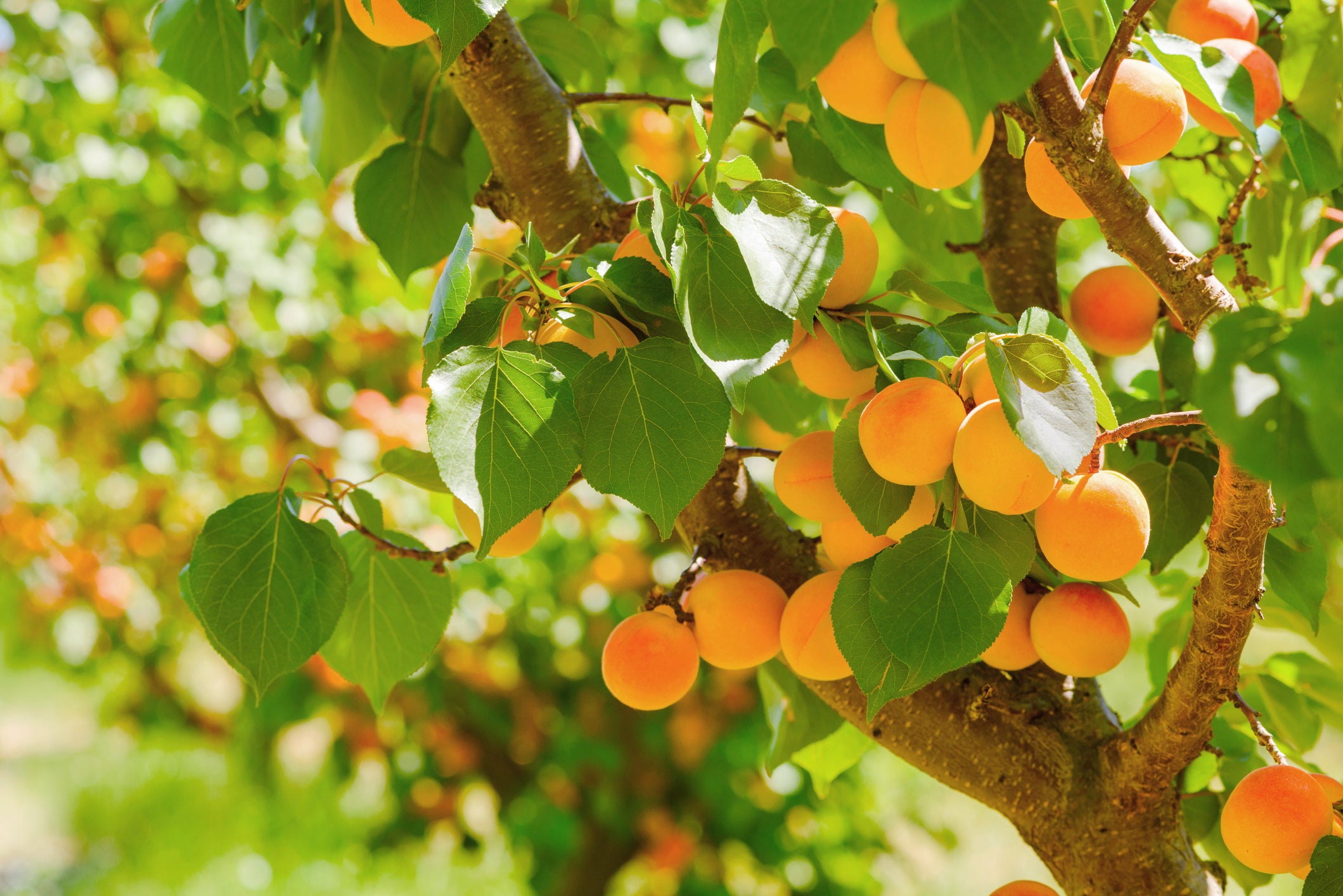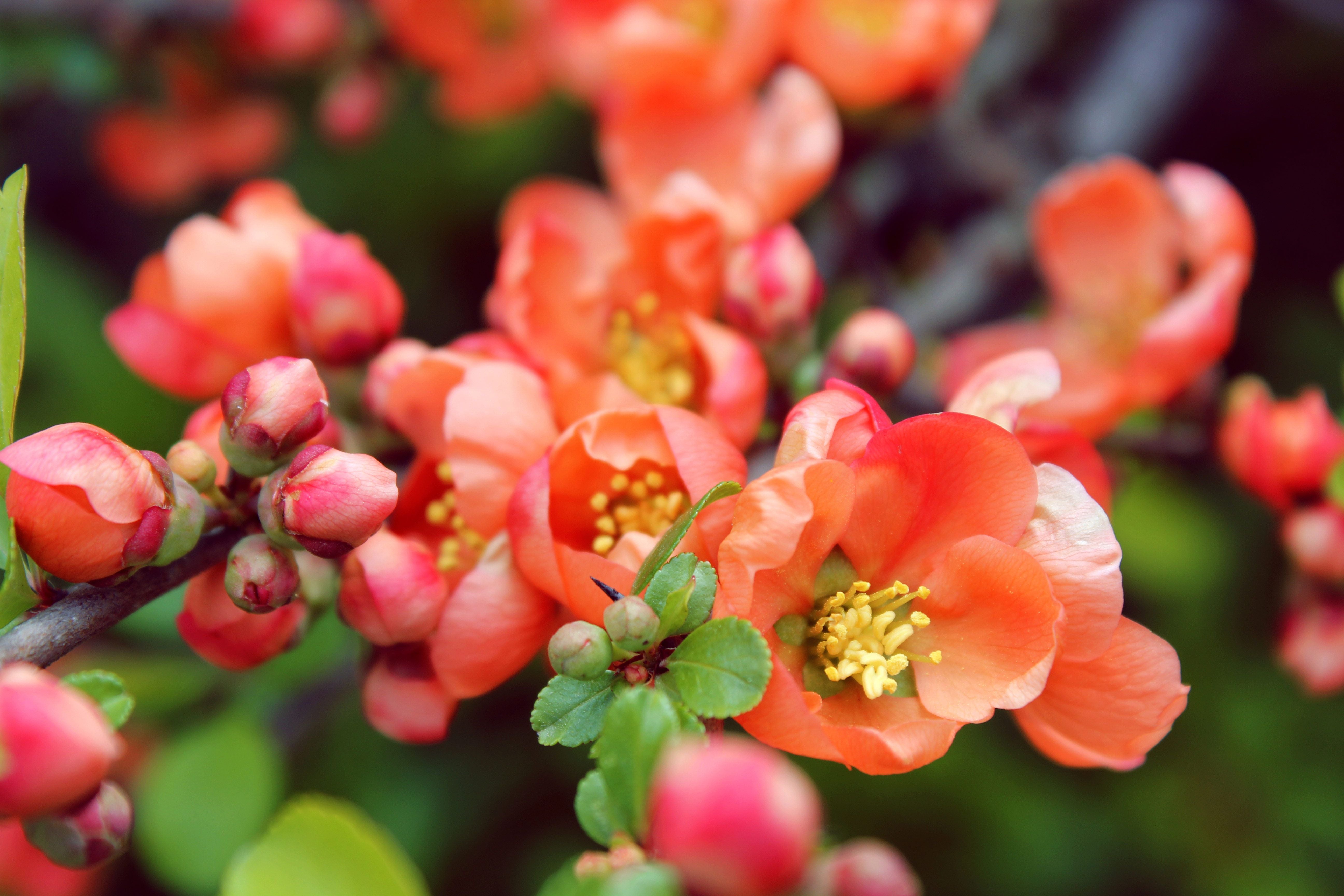Fuji Apple Tree: Planting, Care, And Maintenance Tips

The Fuji apple tree is celebrated for yielding some of the most flavorful, crisp, and sweet apples you can find. If you're thinking about adding this beloved fruit tree to your garden, you'll be pleased to learn that with the proper care, it’s quite simple to cultivate and maintain. Whether you’re an experienced gardener or just starting out, this guide will equip you with all the essential tips for planting, nurturing, and tending to a thriving Fuji apple tree.
Choosing the Right Location
The location you choose for your Fuji apple tree is one of the most critical factors in its long-term health and fruit production. Fuji apple trees thrive best in full sun, meaning they require at least 6 to 8 hours of direct sunlight each day to grow robustly and produce the sweet, crisp apples they are famous for. When selecting a site, also consider the tree’s need for good air circulation.
Proper airflow helps reduce the likelihood of fungal diseases, such as apple scab and powdery mildew, which can affect the health of the tree and the quality of the fruit. Additionally, consider the surrounding landscape—avoid low-lying areas where cold air and frost can settle, as this can damage the blossoms and reduce fruit yield. By carefully selecting a sunny, well-ventilated spot, you are setting the foundation for a healthy and productive Fuji apple tree.
Preparing the Soil
At the same time, proper soil preparation is vital to ensure your Fuji apple tree receives the necessary nutrients and drainage to flourish. These trees thrive in well-drained, loamy soil rich in organic matter. Begin by testing the soil's pH; the optimal range for Fuji apples is between 6.0 and 7.0. If the pH is outside this range, adjust it to meet the tree’s requirements.
Additionally, consider the soil texture: heavy clay may hold too much water, risking root rot, while sandy soil could drain too quickly, depriving the roots of moisture. To improve the soil's structure, mix in organic matter such as compost or well-rotted manure before planting.
This not only enhances drainage and aeration but also boosts nutrient levels, promoting robust growth and abundant fruiting. Ensuring your soil is well-prepared is a key step in helping your Fuji apple tree develop strong roots and thrive for years to come.
Planting Your Fuji Apple Tree
Planting your Fuji apple tree correctly is essential for its successful establishment and long-term growth. The ideal time to plant is during the cooler months of early spring or fall when the tree can focus on developing strong roots without the added stress of extreme temperatures. Start by digging a hole that is twice the width of the root ball and just as deep as the root system.
This wider hole allows the roots to spread more easily into the surrounding soil, encouraging stability and healthy growth. Gently position the tree in the center of the hole, ensuring that the graft union—the bulge where the tree was grafted onto the rootstock—remains above the soil line. It’s important to keep the graft union above ground to prevent issues like increased disease susceptibility or unwanted growth from the rootstock.
After situating the tree, refill the hole with the previously excavated soil, lightly compacting it to remove air spaces that might lead to root desiccation. Following the planting, give the tree a thorough watering to stabilize the soil around the roots and ensure they are well-connected with the soil. This meticulous planting approach forms the groundwork for a robust, healthy Fuji apple tree that will thrive and yield an abundant crop.
Watering Requirements
Proper watering is crucial for the health of your Fuji apple tree, especially in its early years when the root system is still developing. Consistent moisture is essential for establishing strong, deep roots that support vigorous growth and plentiful fruit production. Initially, it's important to keep the soil around your newly planted tree evenly moist, but be careful not to overwater, as this can cause root rot and other issues.
It's advisable to water deeply so that the moisture fully penetrates to the root zone, which promotes the growth of deeper roots. Over time, the tree will become better at withstanding dry conditions, yet it remains crucial to provide water during periods of drought, especially during the hot summer months when the tree is producing fruit. Placing a 2 to 4 inch layer of organic mulch around the base of the tree can enhance moisture retention, help control soil temperature, and lessen the need for frequent watering.
However, be sure to keep the mulch a few inches away from the trunk to prevent rot and pest problems. Proper watering practices are essential for maintaining the health and productivity of your Fuji apple tree, ensuring it thrives and remains a beautiful, fruitful part of your garden.
Fertilizing Your Tree
Fertilizing your Fuji apple tree is essential for promoting healthy growth and maximizing fruit production. The ideal time to apply fertilizer is in early spring, just before the tree starts its new growth. A balanced fertilizer, such as a 10-10-10 blend, delivers the necessary nutrients, nitrogen, phosphorus, and potassium, that your tree needs to flourish.
Nitrogen fosters lush, green foliage; phosphorus supports robust root development and flowering; and potassium improves overall tree health and fruit quality. Spread the fertilizer evenly around the tree's drip line, which is the area beneath the outermost branches. Be careful not to apply fertilizer too close to the trunk, as this can damage the roots and harm the tree.
After fertilizing, thoroughly water the area to help the nutrients reach the roots. Avoid over-fertilizing, as excess nitrogen can lead to excessive leafy growth at the expense of fruit production and increase the tree's susceptibility to disease. Regularly monitor your tree's growth and adjust your fertilization schedule as needed to keep your Fuji apple tree healthy and productive year after year.
Pruning for Health and Shape

Pruning is an essential practice for maintaining the health, shape, and productivity of your Fuji apple tree. Regular pruning helps improve air circulation, reduce disease risk, and encourage the growth of strong, fruitful branches. The best time to prune your tree is in late winter or early spring before the new growth begins.
This timing minimizes sap loss and gives the tree time to heal before the growing season starts. Start by removing any dead, damaged, or diseased branches, as these can harbor pests and diseases that could spread to the rest of the tree. Next, focus on thinning out crowded areas to allow sunlight to reach the interior branches, which promotes even fruit ripening and reduces the risk of fungal diseases. When shaping the tree, aim to create an open, vase-like structure with a few well-spaced main branches.
This structure supports the tree’s weight, especially when it is heavy with fruit, and allows for easier harvesting. Make sure to use sharp, clean pruning tools to make precise cuts just above a bud or branch. This encourages healthy regrowth and prevents disease entry points. Consistent, careful pruning is vital to keeping your Fuji apple tree vigorous and ensuring a plentiful harvest each season.
Pest and Disease Management
Fuji apple trees are vulnerable to a variety of common pests, including aphids, apple maggots, and codling moths, as well as diseases such as apple scab and powdery mildew. To maintain a healthy tree, it's important to regularly inspect for any signs of pest activity or disease.
Early detection is key to effective management. For pest control, consider using natural remedies like neem oil or insecticidal soap, which are both effective and environmentally friendly. If you observe signs of fungal infections, applying organic fungicides can help protect your tree. Consistent monitoring and proactive care will ensure your Fuji apple tree remains healthy and productive.
Supporting Pollination
Fuji apple trees are not self-pollinating, meaning they require another apple variety nearby to ensure a good fruit set. Plant a compatible apple tree, such as Gala or Honeycrisp, within 50 feet of your Fuji apple tree to encourage cross-pollination and increase fruit yield.
Harvesting Your Fuji Apples
These apple trees are typically ready to harvest in late September to October. The apples will be firm, crisp, and a vibrant red color when fully ripe. Gently twist the apples from the tree to avoid damaging the branches, and store them in a cool, dark place to extend their freshness.
Long-Term Care and Maintenance
Once established, Fuji apple trees require regular maintenance to keep them healthy and productive. Continue to monitor for pests and diseases, prune annually, and provide consistent watering and fertilization. With proper care, your Fuji apple tree can produce bountiful harvests for many years, adding both beauty and delicious fruit to your garden.
Tristar Plants is dedicated to offering top-quality fruit trees, including Fuji apple trees, ideal for any home garden. Our experienced team is here to assist you in choosing and caring for the perfect tree to meet your needs, ensuring your garden thrives for years to come. With our premium range and expert guidance, we can help you create the garden you've always envisioned.






